Transylvania is full of medieval treasures. City centers, churches, fortresses, castles, one more beautiful than the other. Some of these beauties have been destroyed during the years, as communists wanted to change history but many are still standing in good condition. I'm a huge fan of medieval buildings, each castle, church, fortress or simple house has its own story to tell.
My goal is to visit as many as possible and take photos to document their existence, for myself obviously and Also to share these with the world throughout my hive blog post. So today I'm going to show you another medieval fortress, the medieval fortress of Targu Mures, Romania. This is a place you must visit if you're in the area.

The fortress is situated near the city center, occupies 4.3 hectares, which is 10.62 acres and dates back to the 15th century. It is situated on a place where there was another fortress built in 1492 and destroyed in 1601, belonging to Báthori István voivode of Transylvania. The fortress that can be seen today was built between 1602 and 1652 in a pentagon shape. Five of the seven bastions were built by workers' guilds using bricks and stones. Those stones can still be seen, I'm going to show them to you in my next episode.
The fortress has seven bastions dedicated to seven guilds were all artillery towers, serving as defense bastions. The walls have holes which also helped soldiers to fire using whatever weapons they had back in those days.
It's an important place for everyone, from the youngest to the oldest. Many are going there just for a walk, others to play and have some fun. Graduating students often use the place for photo shoots for their graduation photos. The wedding office has moved there recently, so it gives place to newly weds' photo shoots as well.
During communist years the place was occupied mostly by the army. There were huge storage rooms there, there was a recruitment base there but now that military service is not compulsory, the office has not much use. You could visit the fortress but there was nothing going on inside to attract visitors.
After the communism fell apart, the fortress was given back to the city. The fortress was restored and became the most attractive place in the city. It gave home to many fairs, festivals, till it became too small and the city council decided to move the music festivals out of the fortress to a bigger place but to protect is as well.
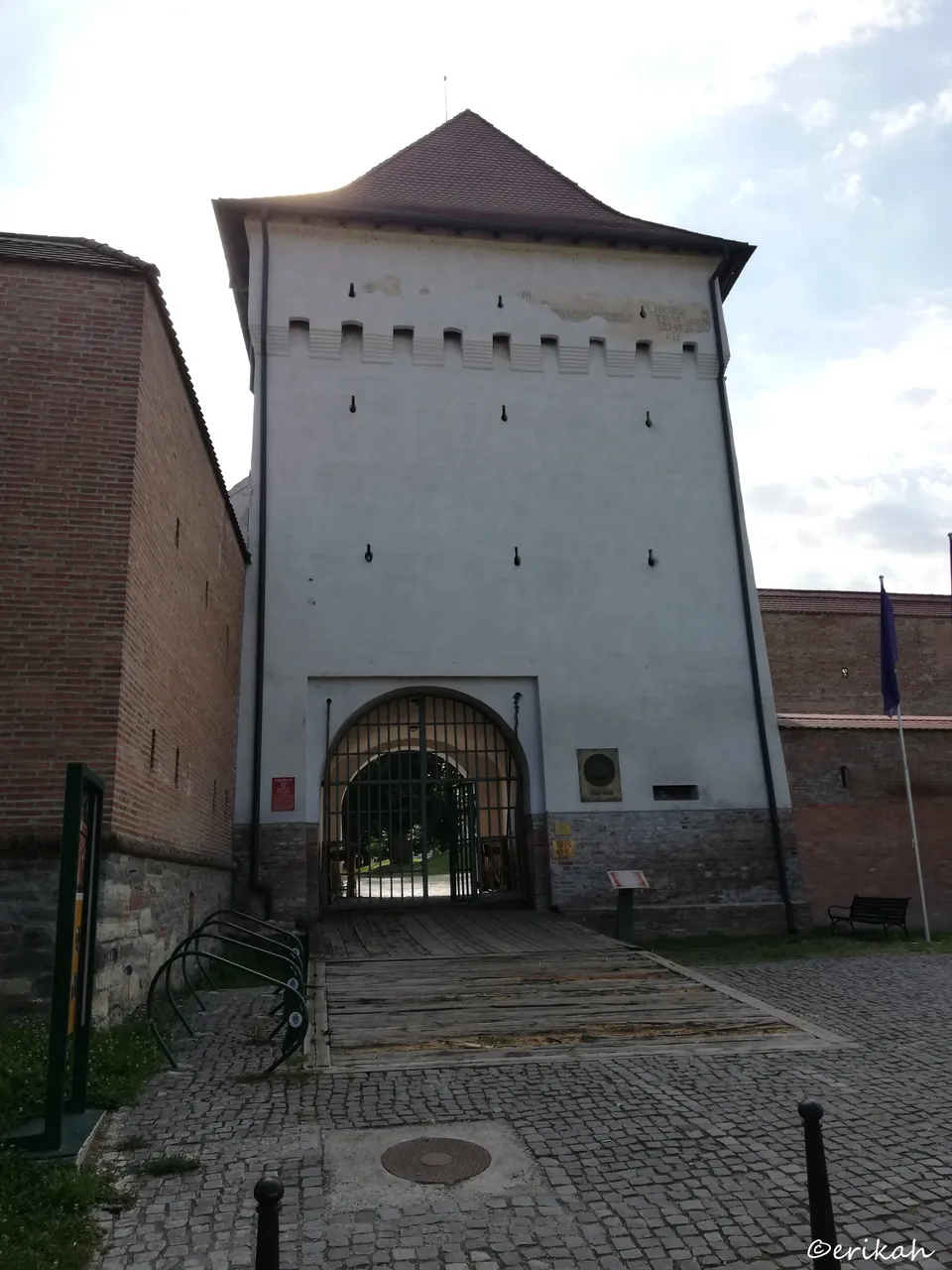
The fortress has seven bastions and three entrances open to the public. On the photo above there's the bastion of the gate. It looks indeed as a gate, with the heavy iron grate and the wooden bridge that needs fixing.
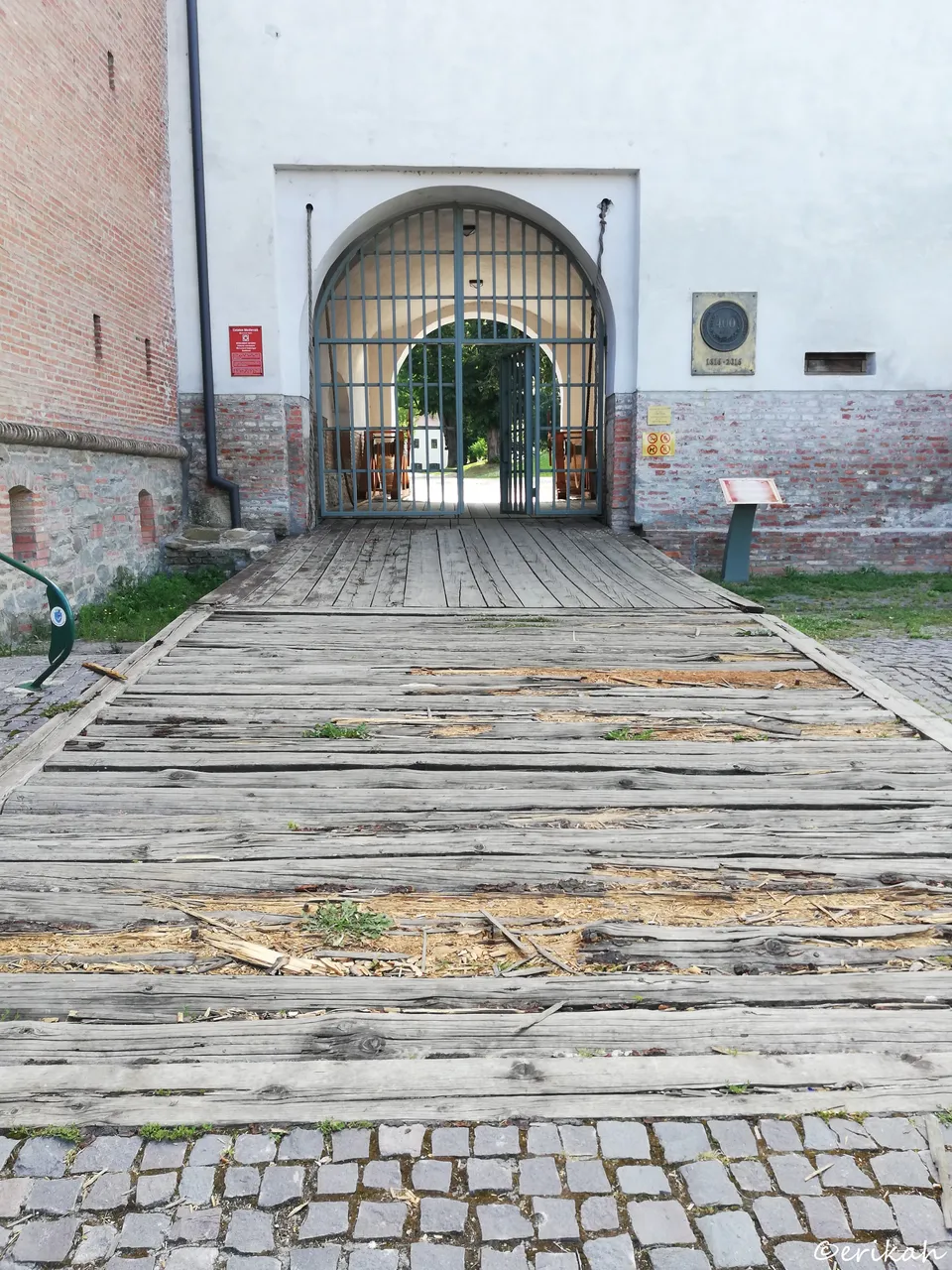
These drawbridges were widely used in front of castles, fortresses surrounded by water for defense purposes. This drawbridge is just for demonstrate how life was once as there's no water around the fortress.

The iron gate is new, has been replaced quite a few times over the year. I don't know how the original gate looked like but over the years I've seen here wooden gates.
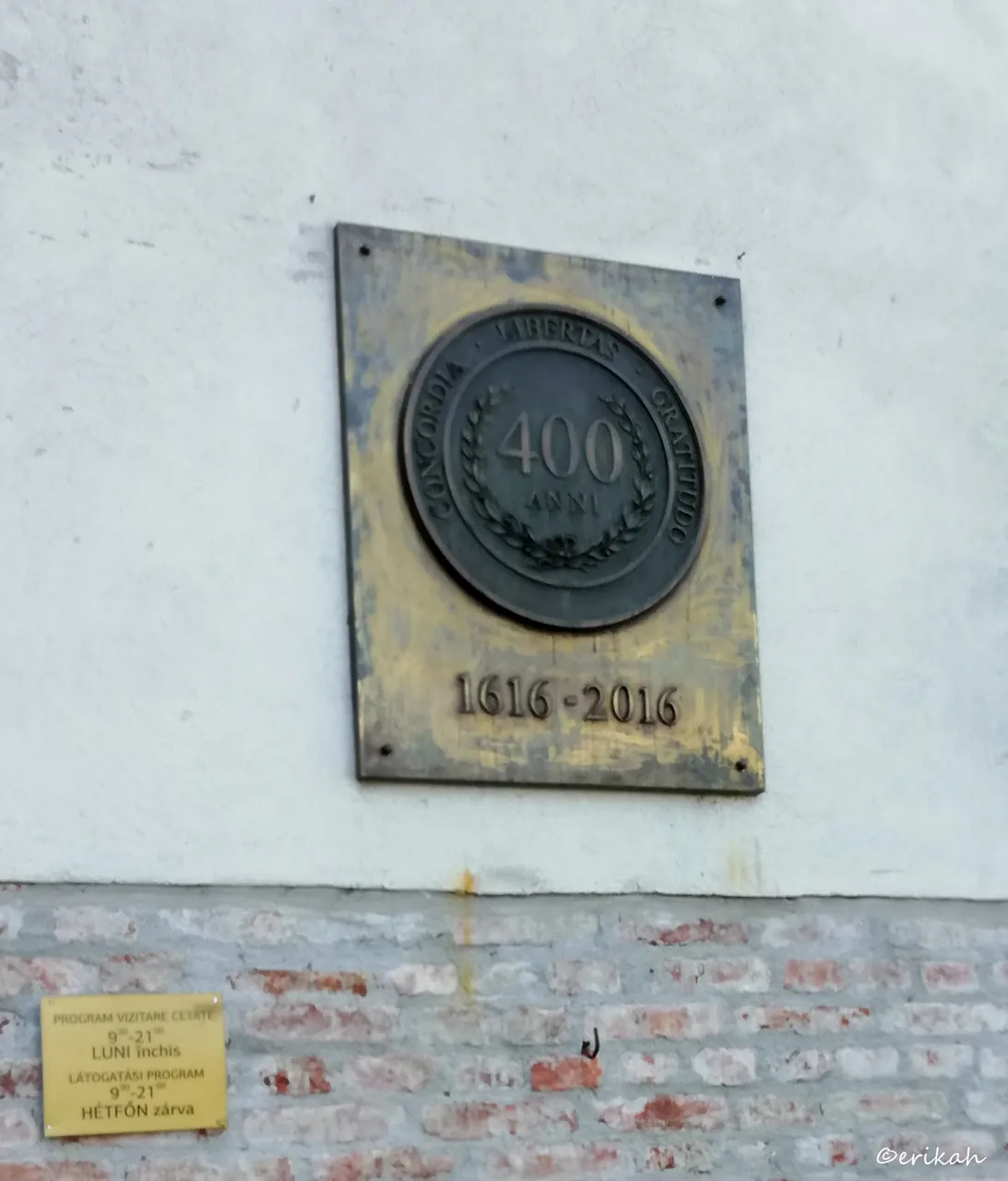
Next to the entrance there's this plaque commemorating 400 years of existence, inaugurated in 2016.
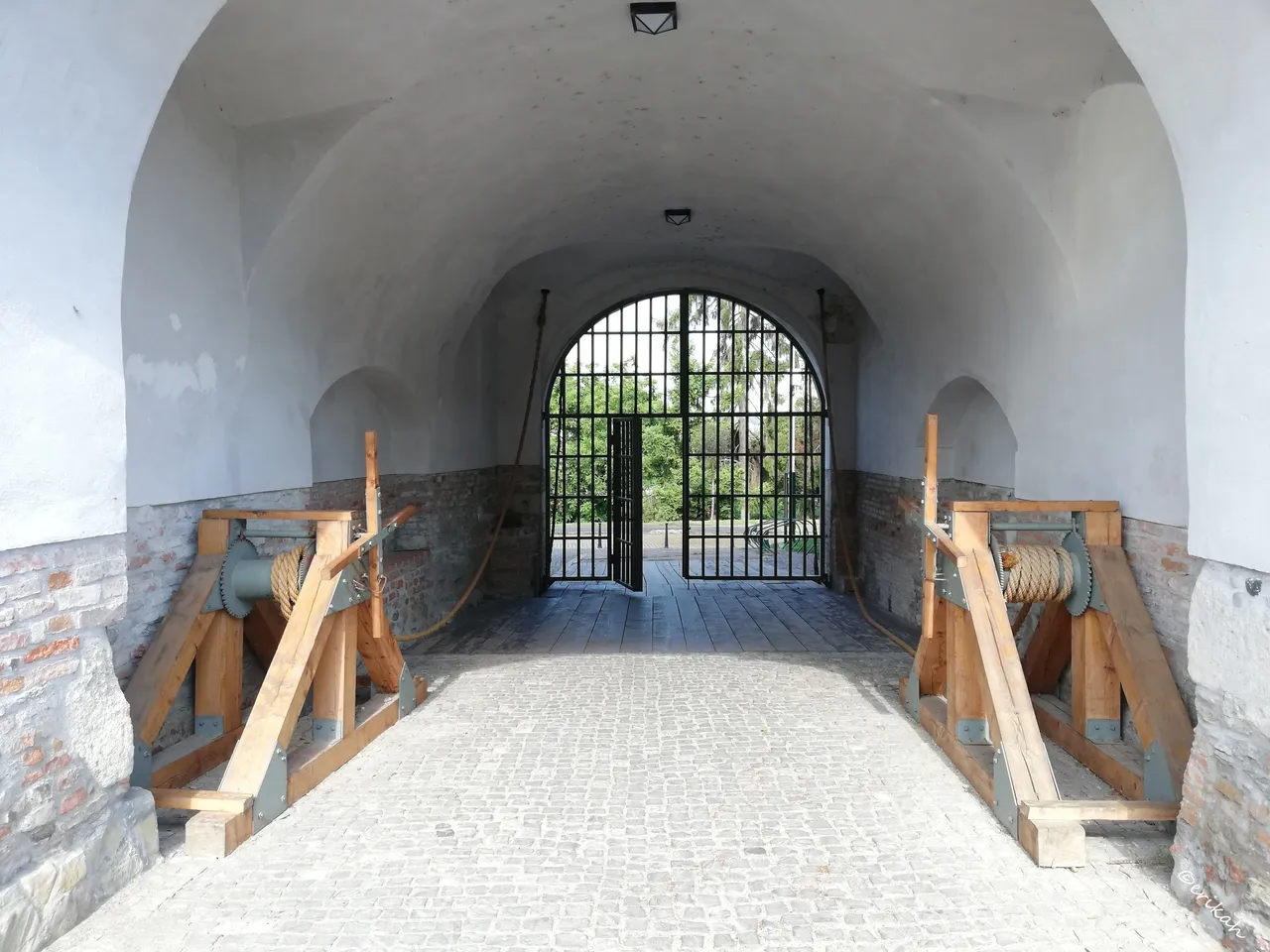
I wish I know the definition of these devices in English. These were serving to pull up the bridge. The purpose of the fortress was to protect the people inside, so the gates were closed and the bridge pulled up when the enemy was coming. This is obviously a replica.
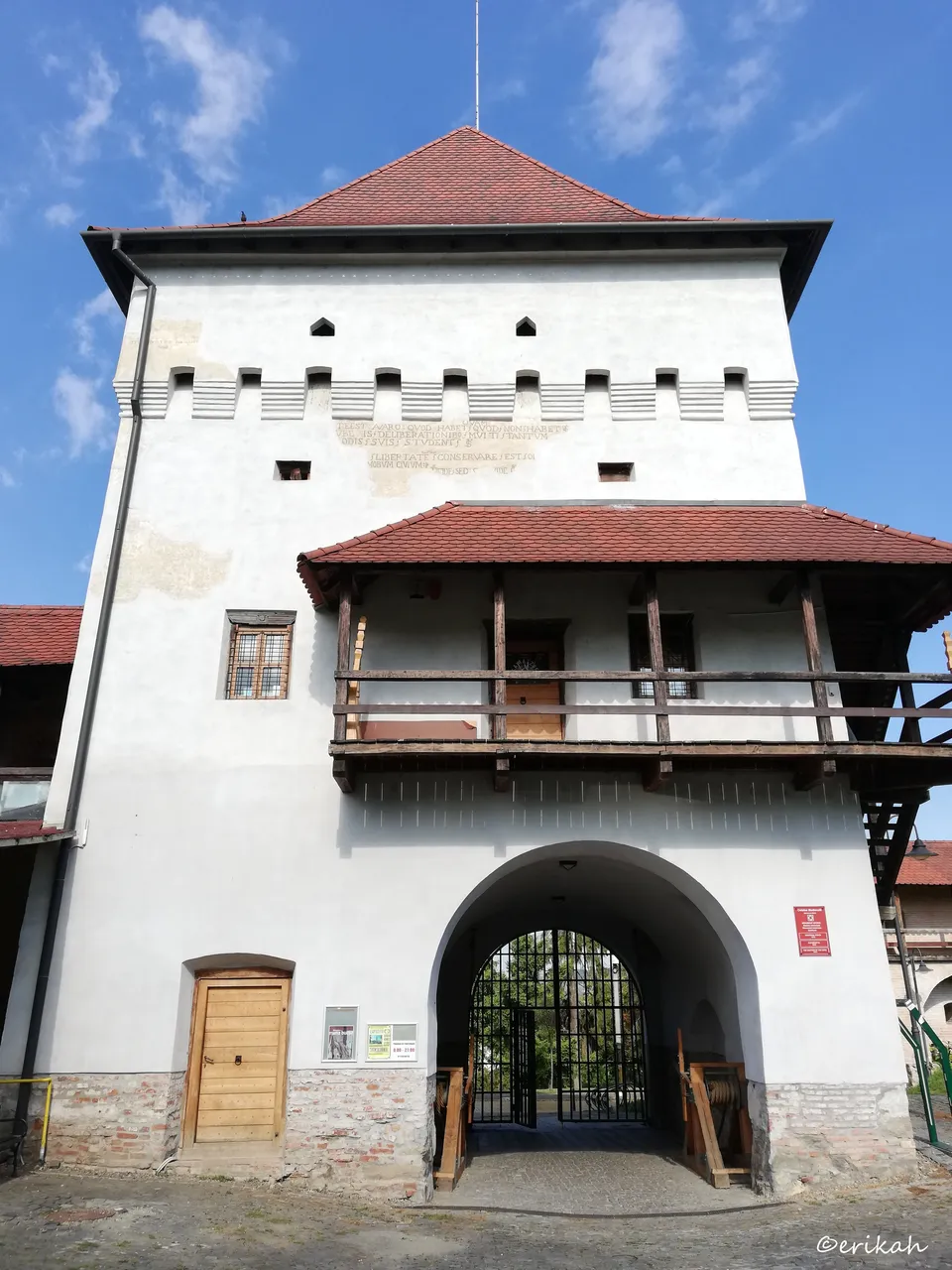
The bastion of the gate from inside.
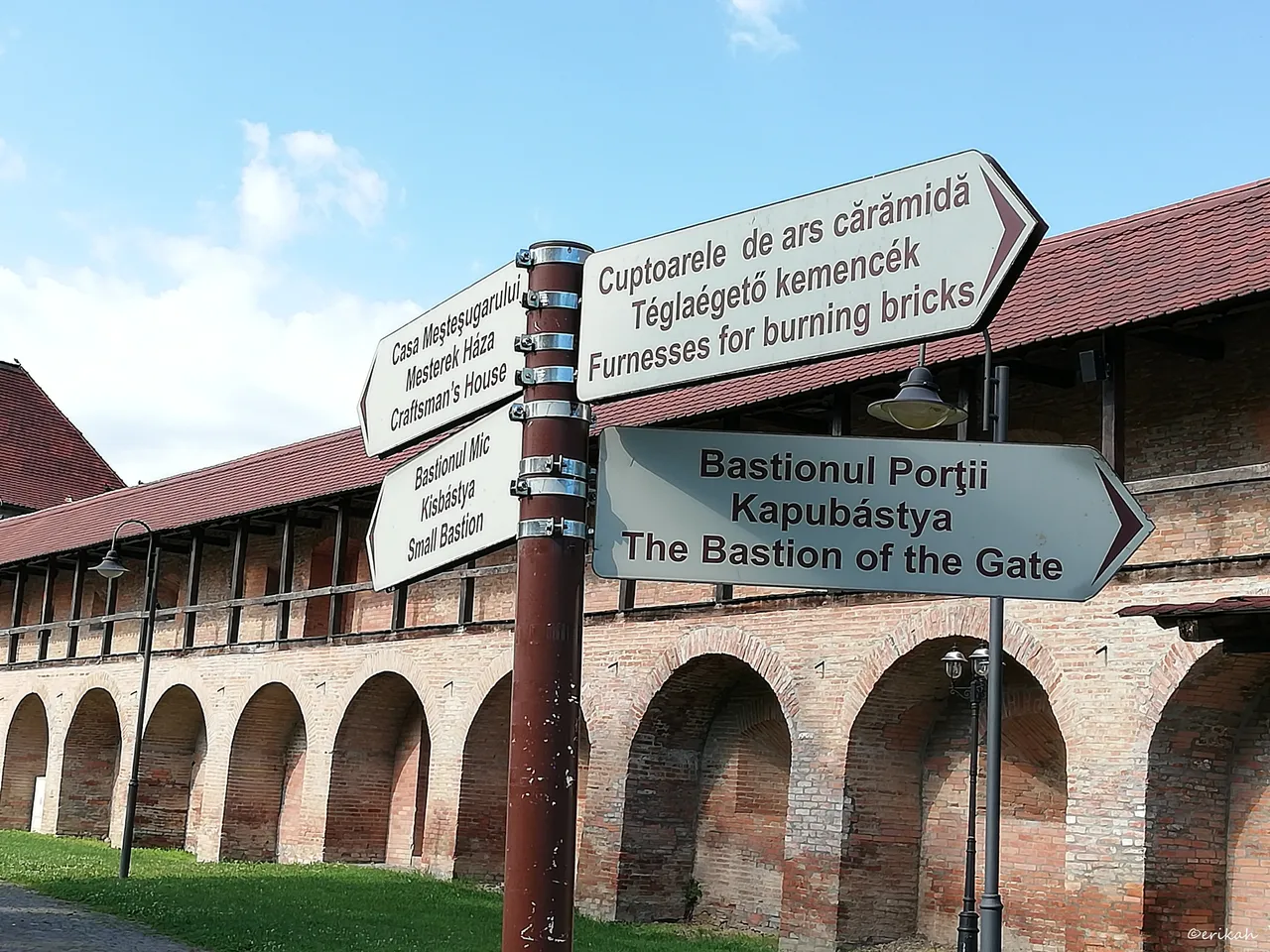
Almost everything is written in three languages, as almost half of the inhabitants are Hungarians, the university of medicine and pharmacy has a great number of foreign students from all over the world and there are many tourists visiting the city.

The whole fortress has been through a lot of renovations over the years, has kept its original form, more or less. This writing for example, which is in Latin by the was was kept uncovered, most part of it anyway.
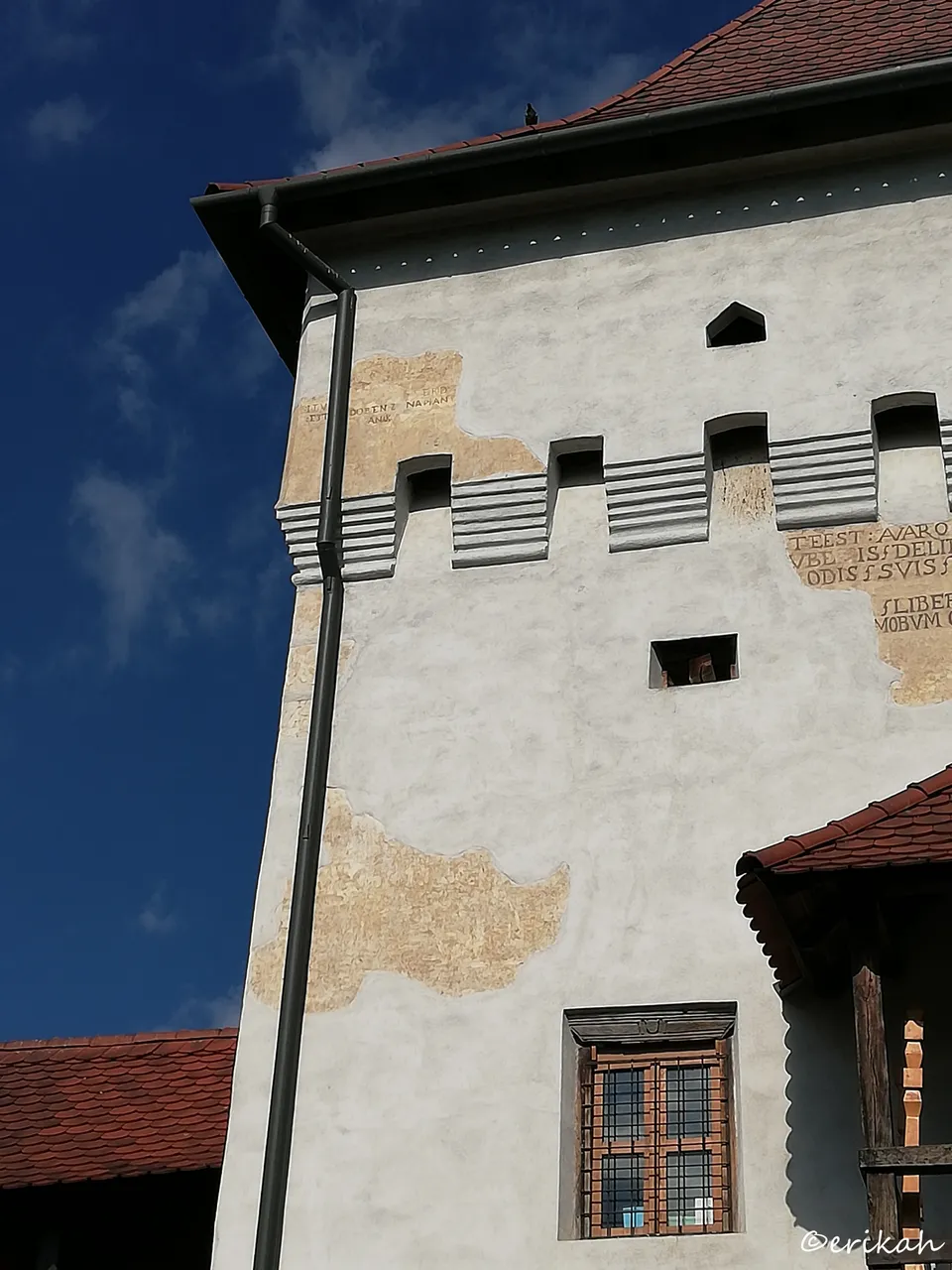
There are two more on the left side of the bastion. I don't know muck Latin, shame on me as I've been learning Latin for one year as was compulsory in school but thank God we have Wikipedia, according to which, the text has been reconstructed and it says something like this.
Our forefathers died without building anything, we, their sons instead, built walls in a deserted place, built a tower started during the county of Szabó Péter, in 1638, and finished during the time of Tordai Pál Literatul , in October 1640.
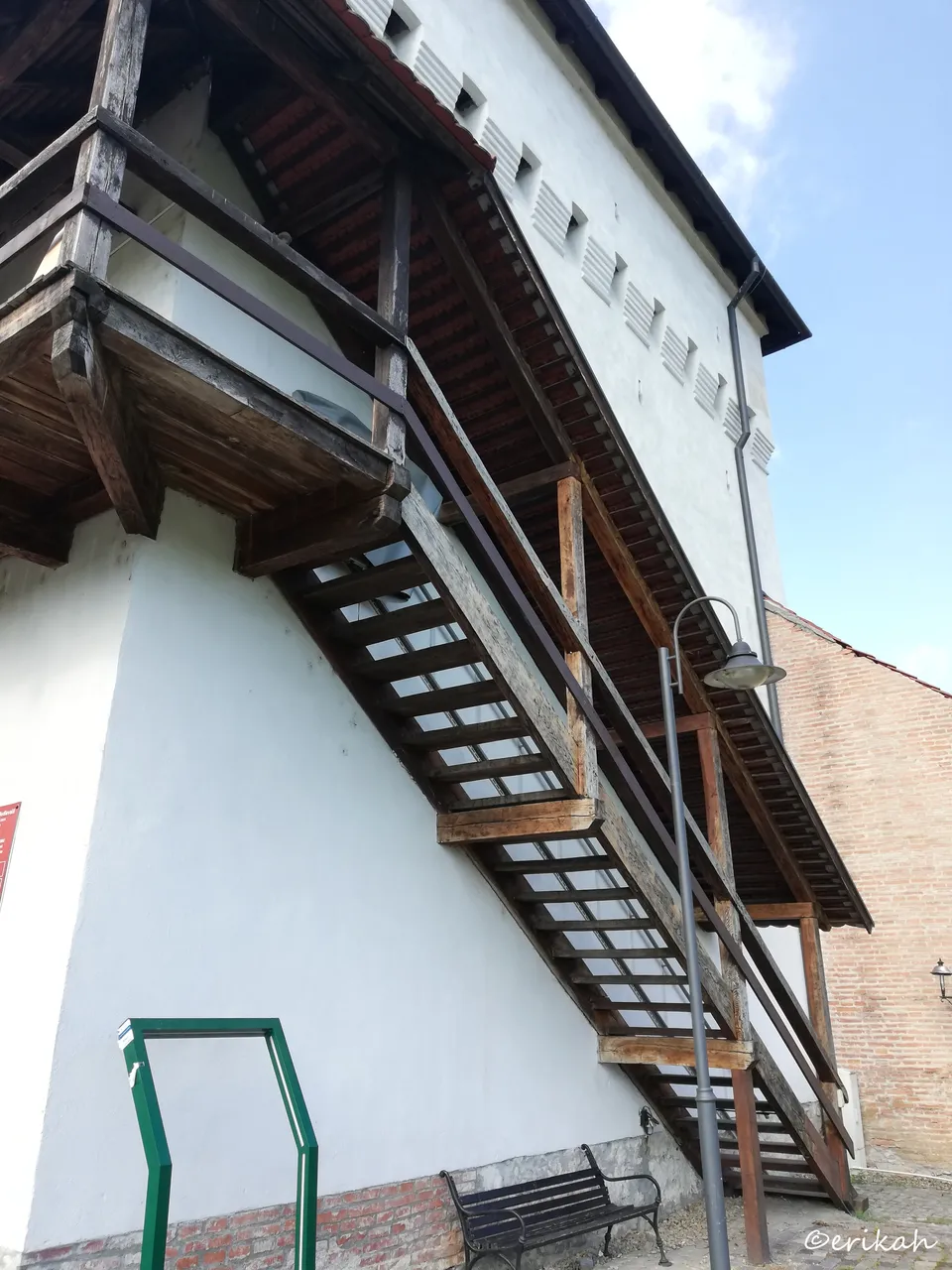
There's a wooden staircase leading to the upper level of the bastion, that was most likely occupied by the guards back in the day. I'm a huge fan of wood and love that there's still wood and not replaced by some fancy metal structure.
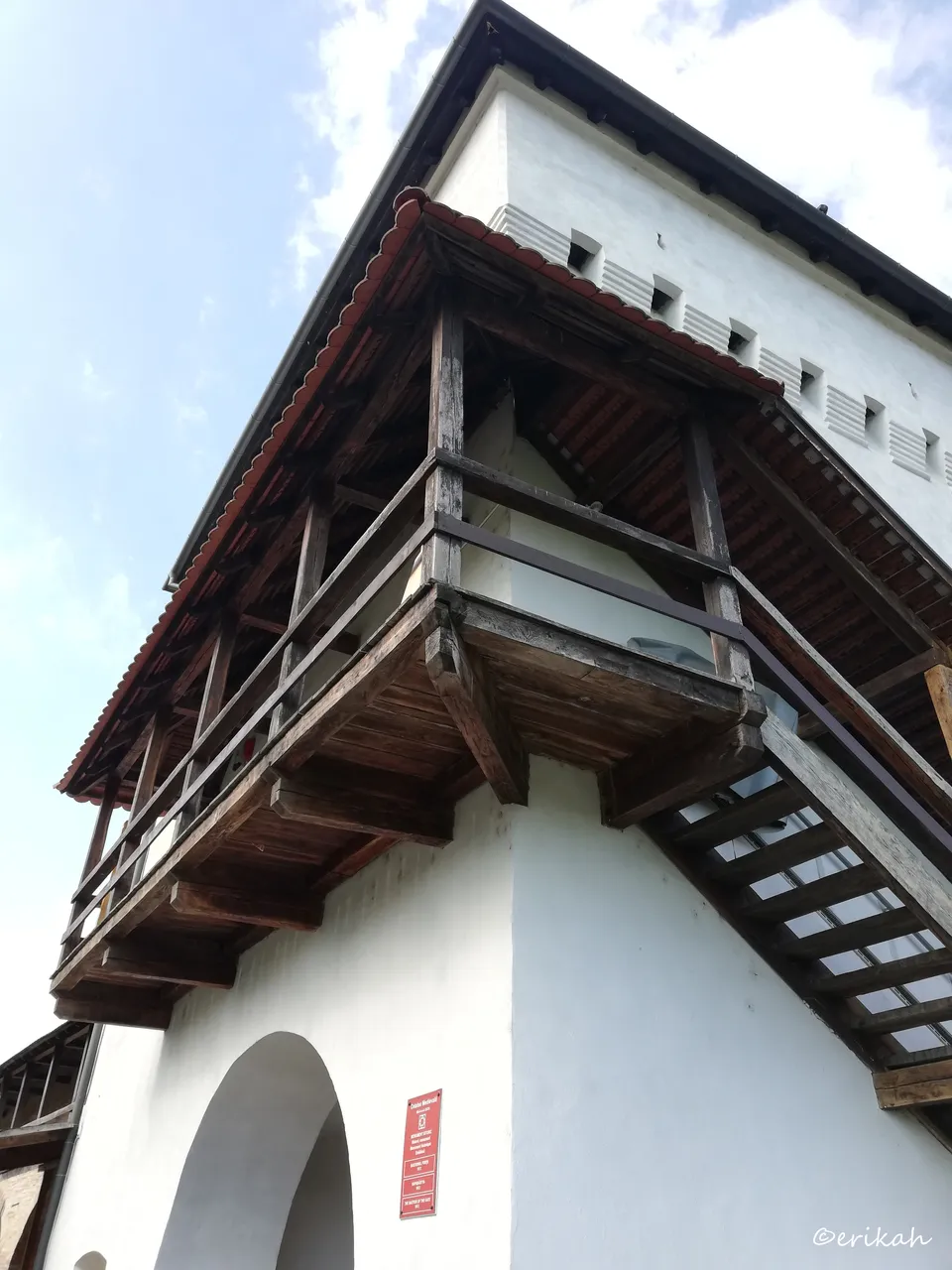
That room gives home to some art exposition but at the moment of my visit, it was closed.
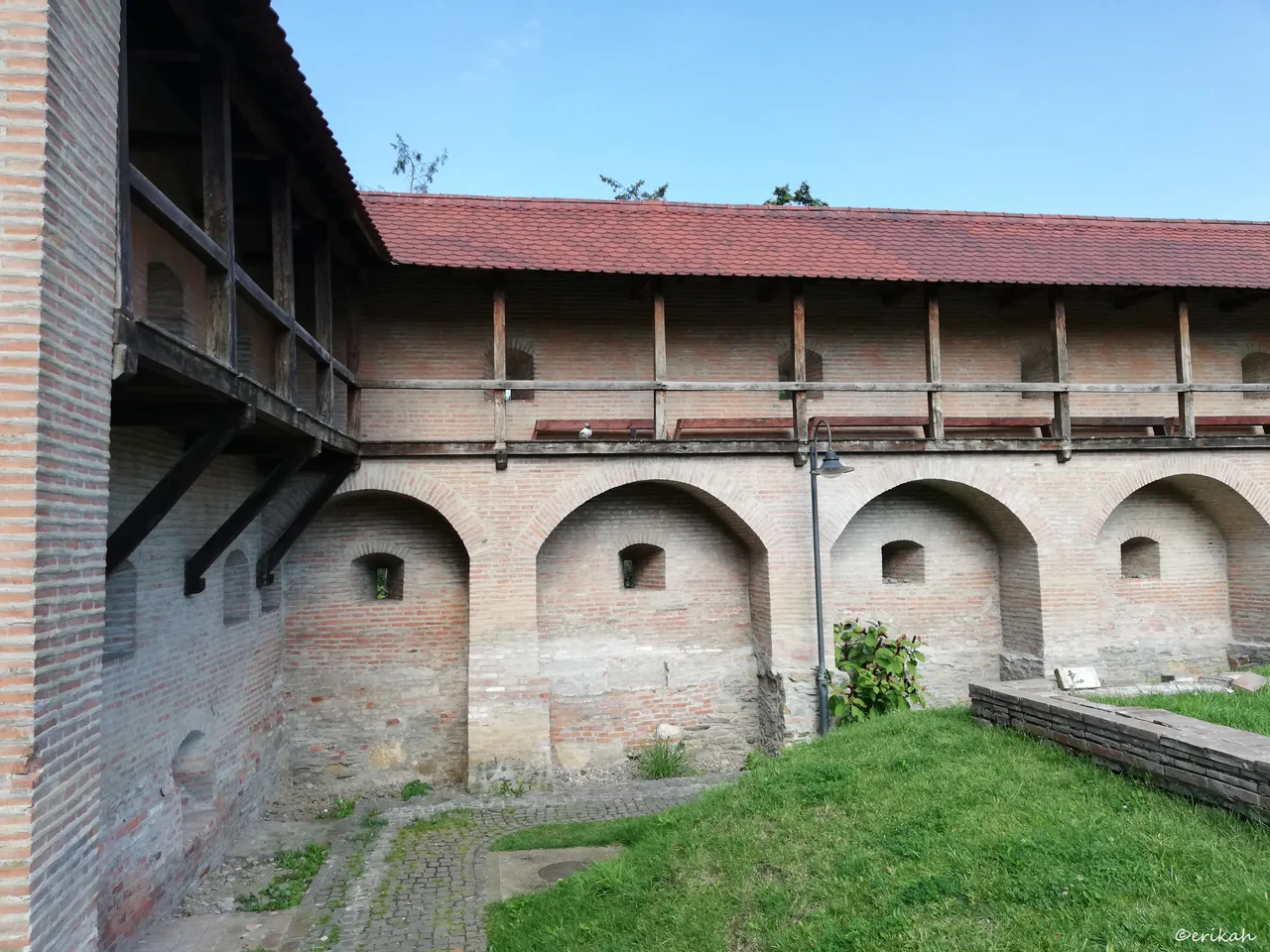
You can go up the stairs and walk from one side to the other of the wall if you like.

This was the foundation of a building in those days and now it's restored to some extent.

On the right, there are the brick kilns that were used one to make enough bricks to build the fortress and probably the city too.

The kilns are underground and were restored just a few years ago.
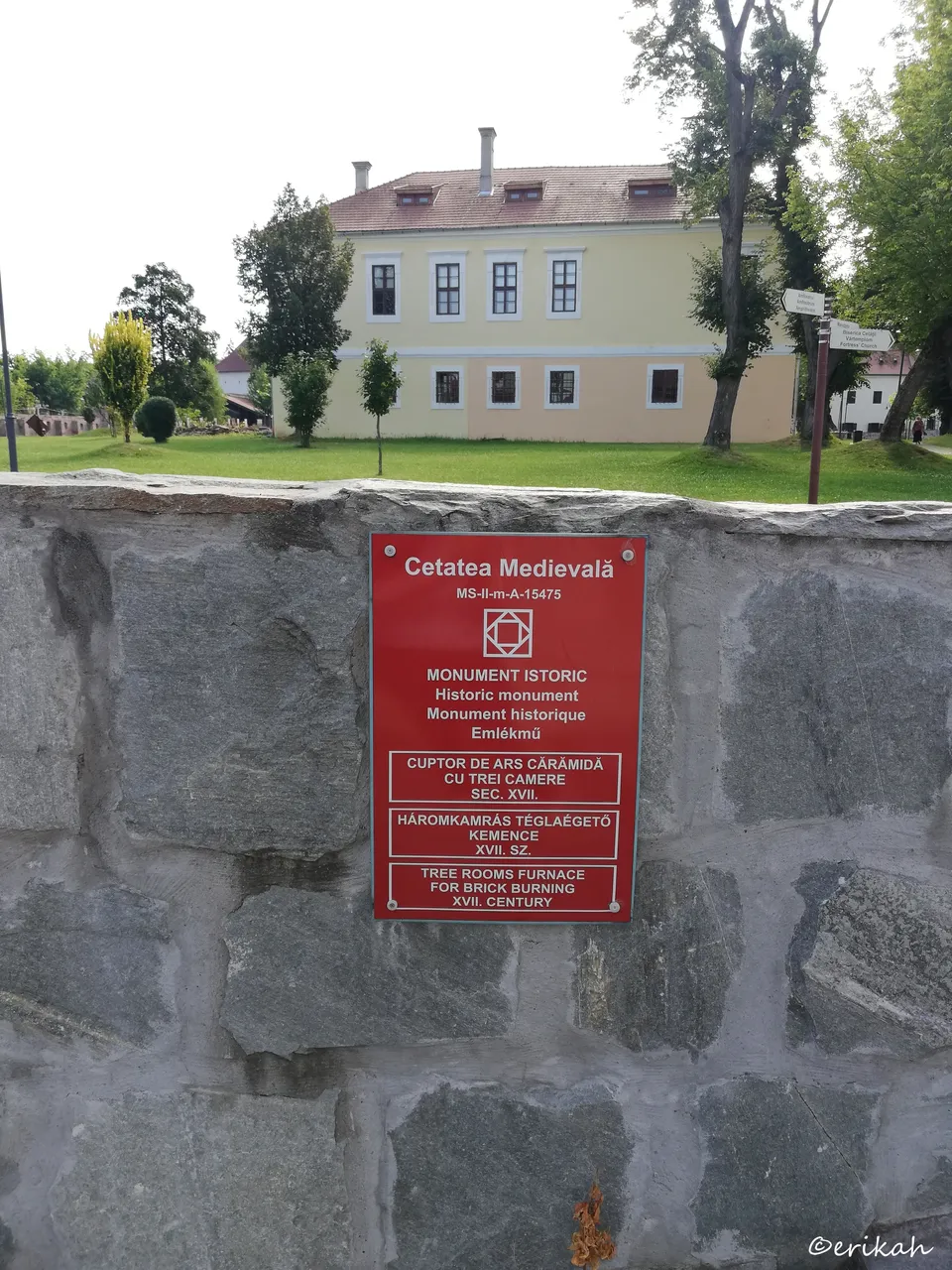
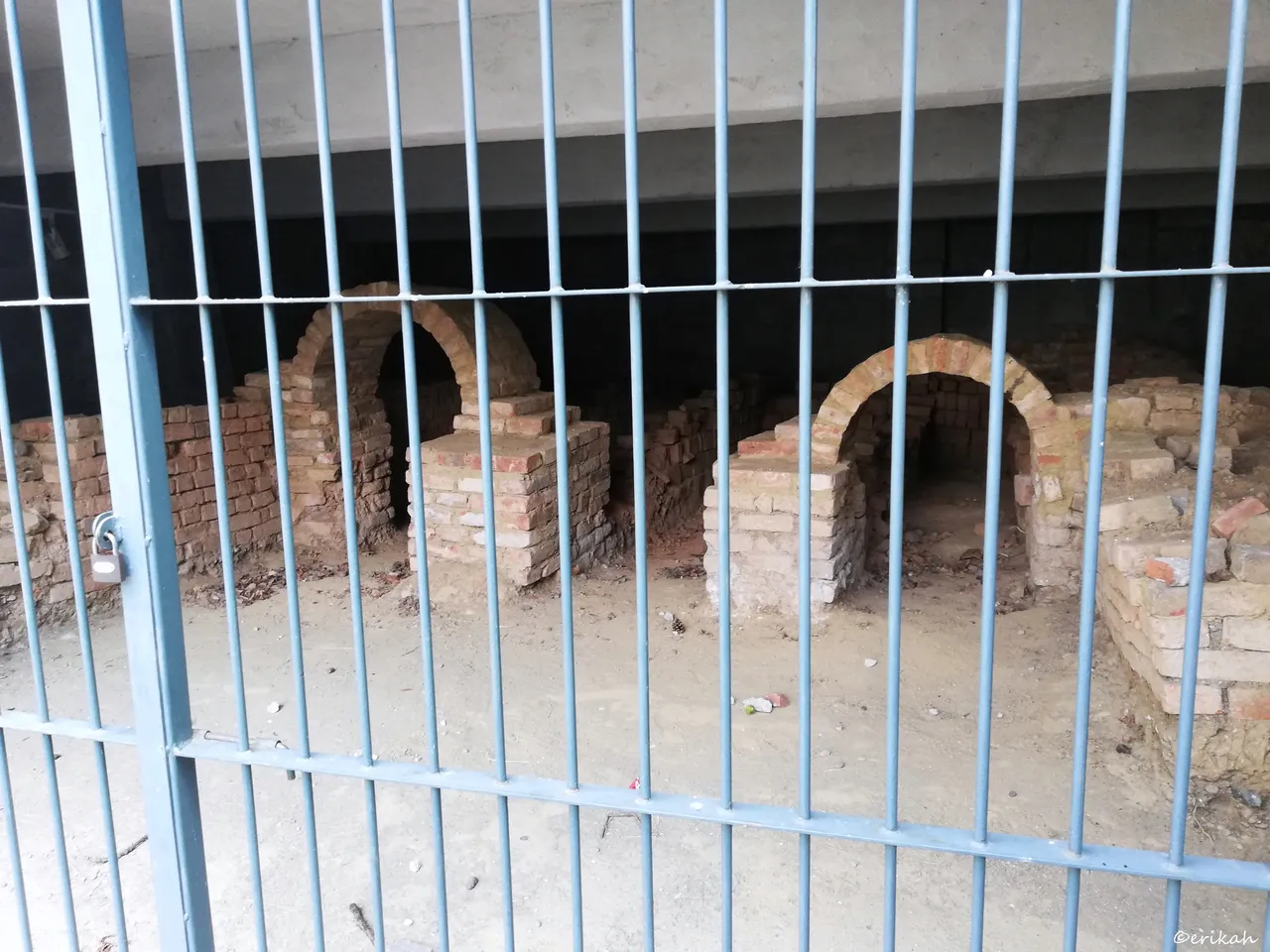
It is a closed area, visitors are only allowed to the iron gate, which is understandable.
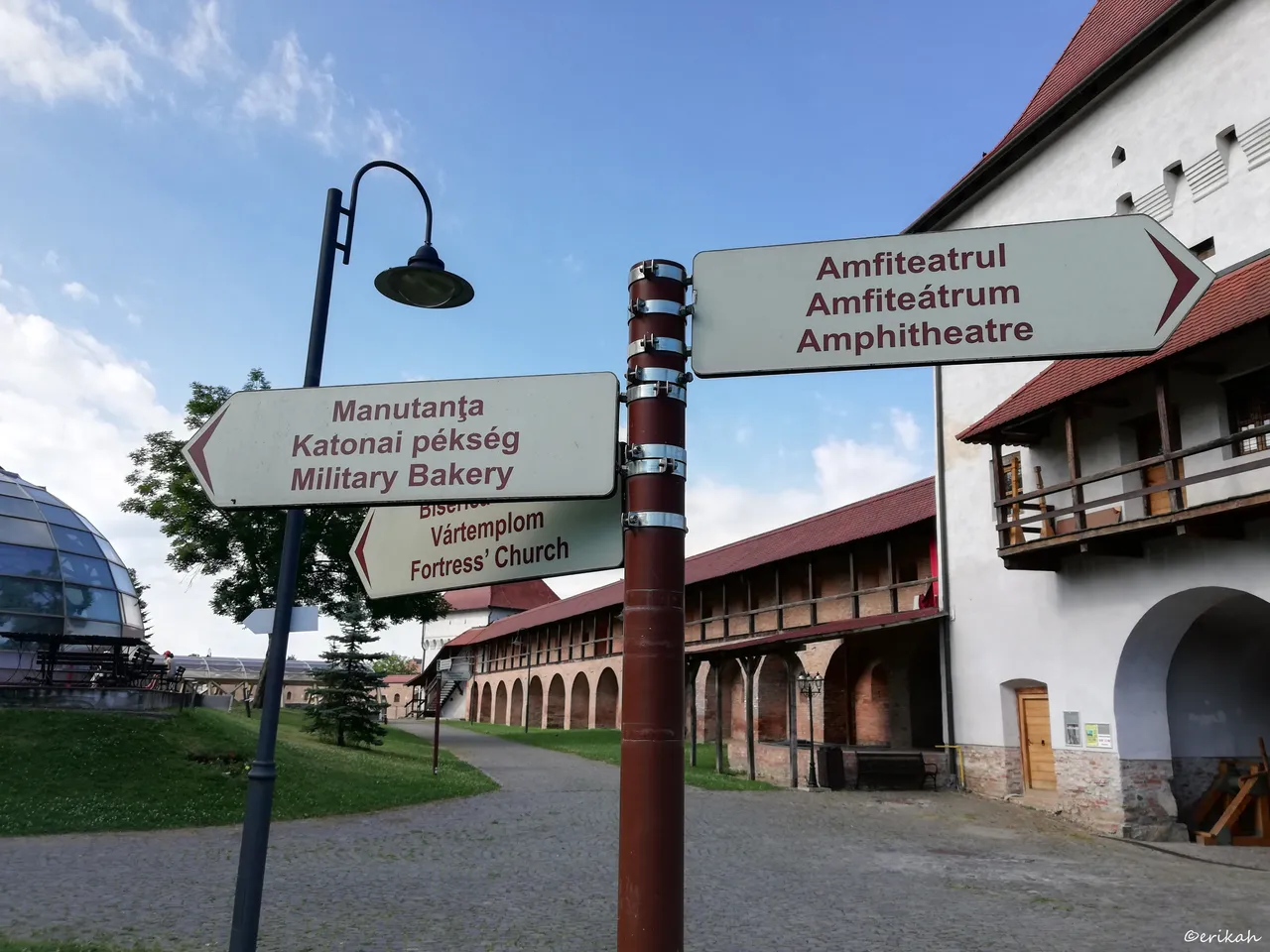
Next, there's an open amphitheater for events.
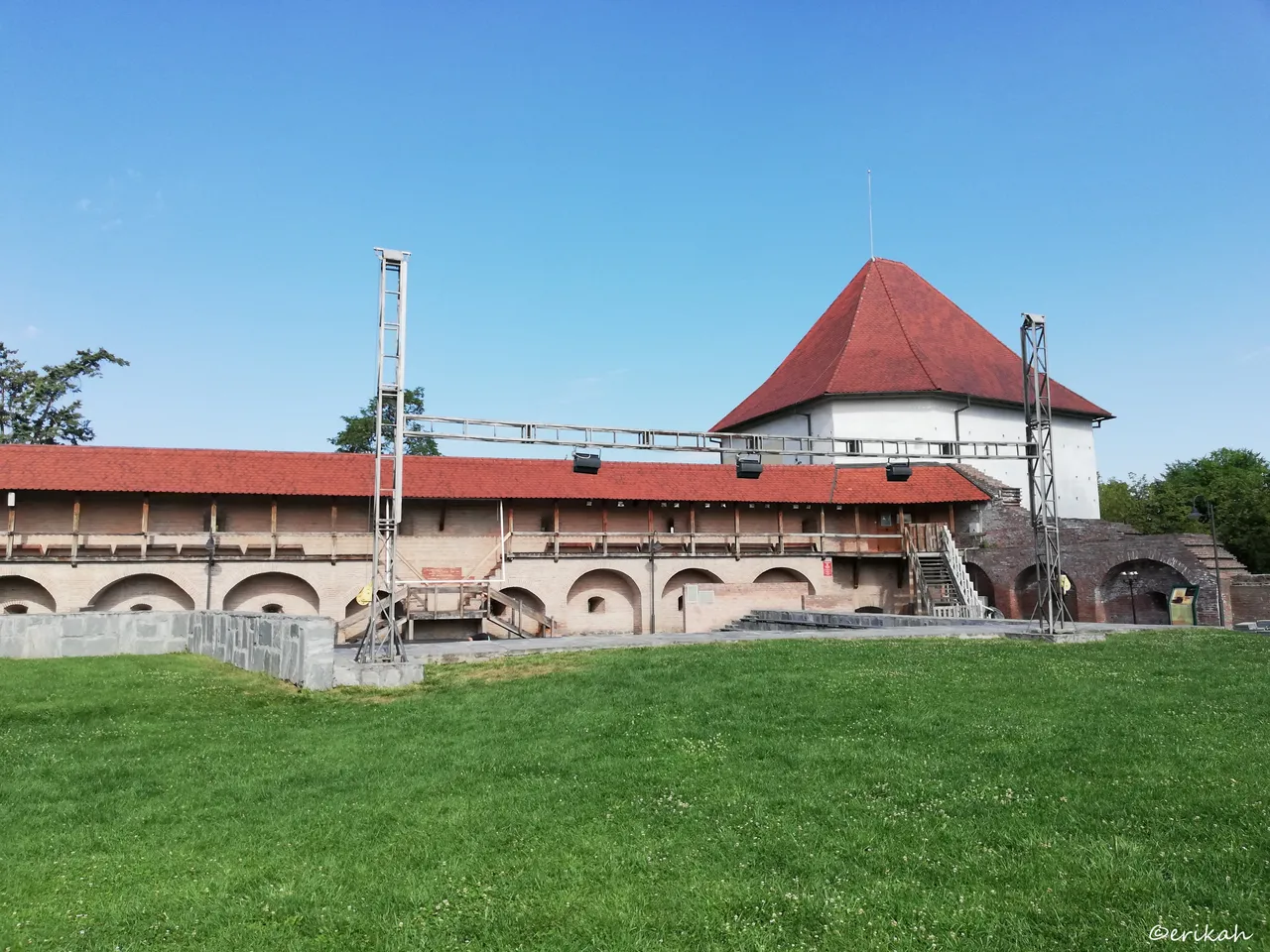
The place is ready for some action, ready to host some events but during the pandemic it's highly unlikely something will happen.
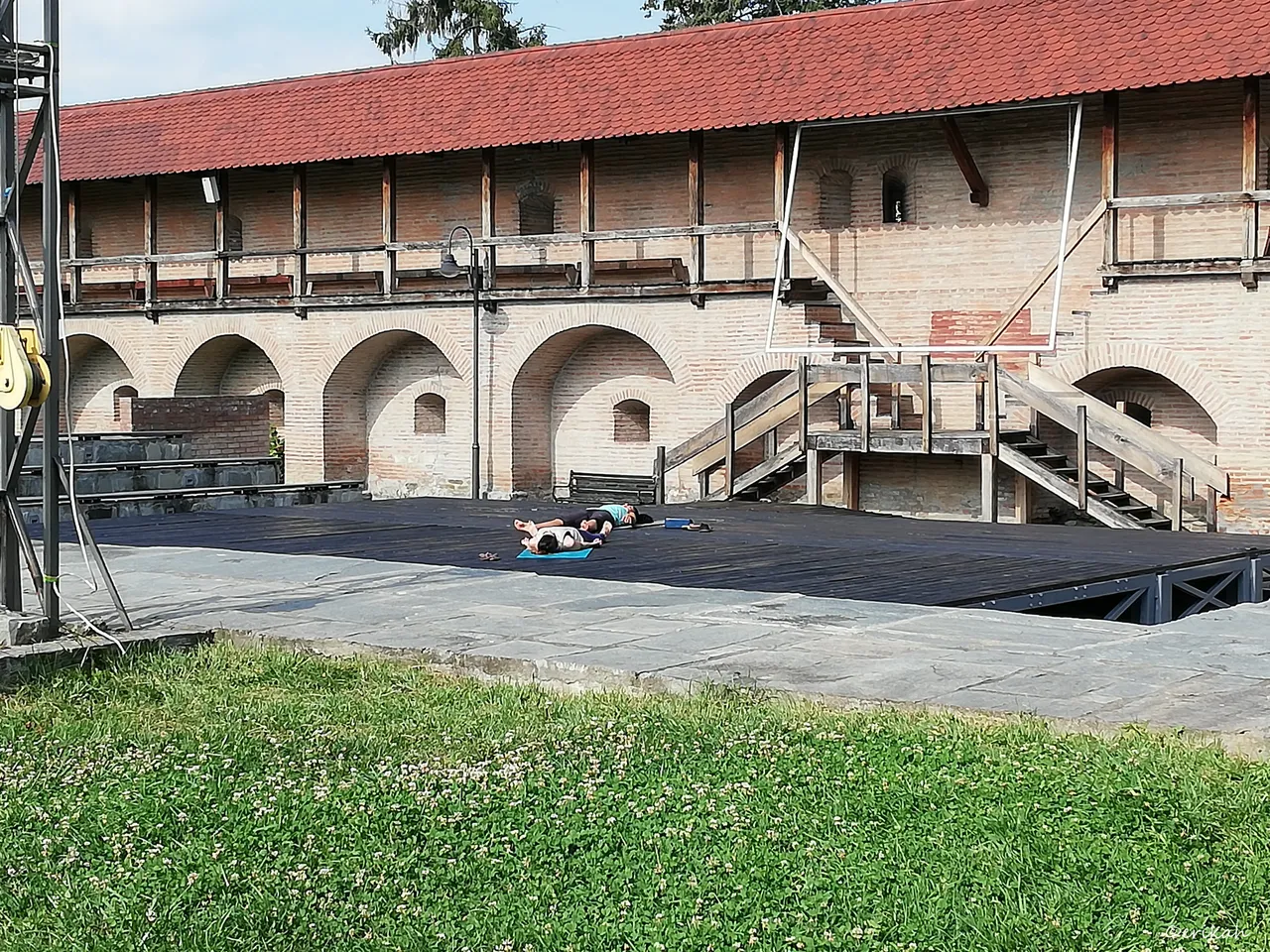
And yet I was wrong. On the stage there were two ladies doing yoga. This wasn't something organized, music and instructions were coming out of some kind of device I could not see, most likely a mobile phone placed next to them. The weather was just perfect, it was in the morning, before 10am, not cold as at that time the weather is starting to warm up, and not too hot either. As I said, just perfect for relaxing in open air, enjoying the rays of the sun, the fresh air and the silence. Kind of envied them but didn't want to be rude and disturbing, so I went on my way, giving them privacy, letting them relax.
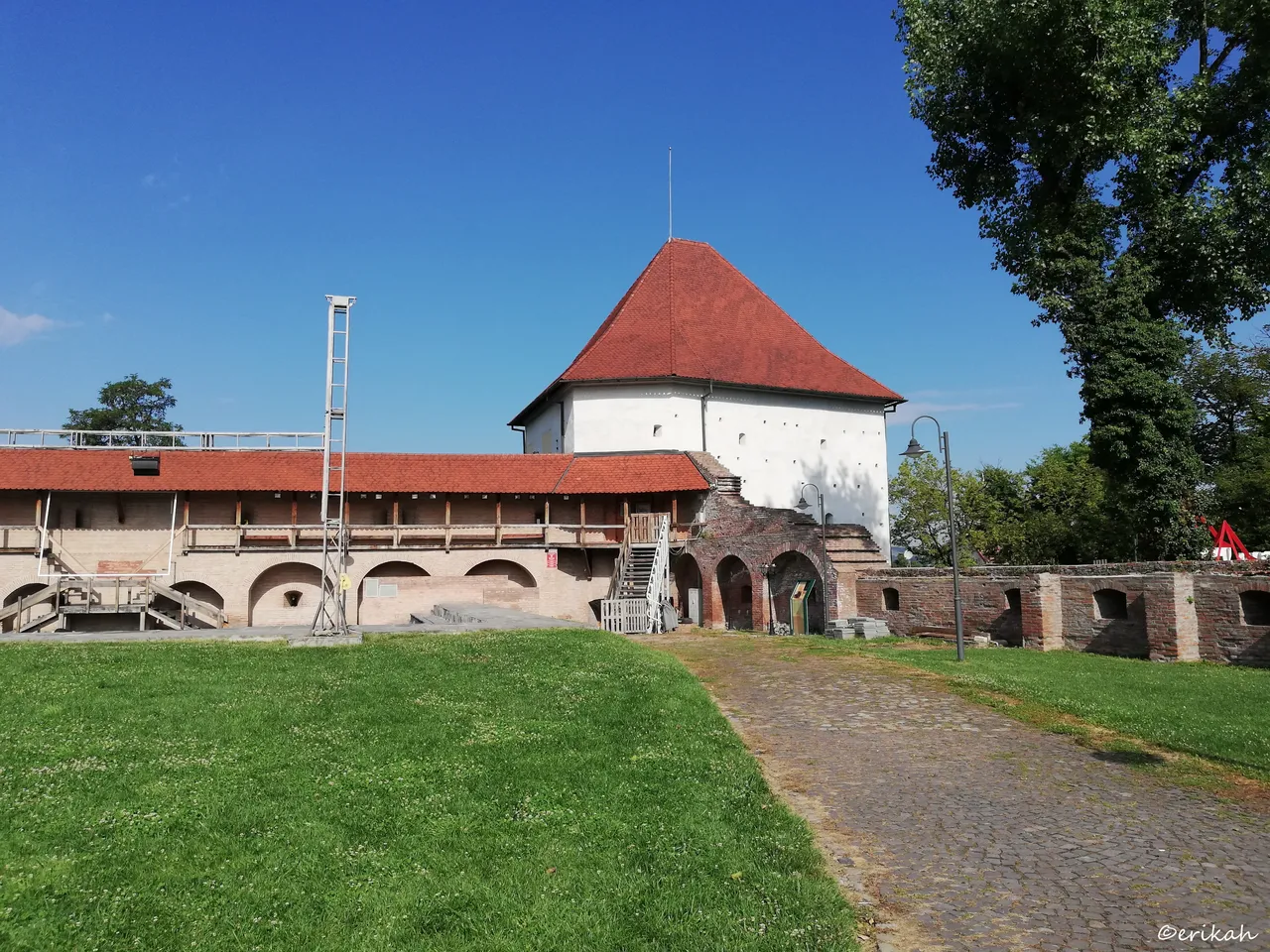
This is the tailor's bastion, on the right side of the amphitheater. This bastion is closed to the public, can't be visited, but below you can read the history of it.
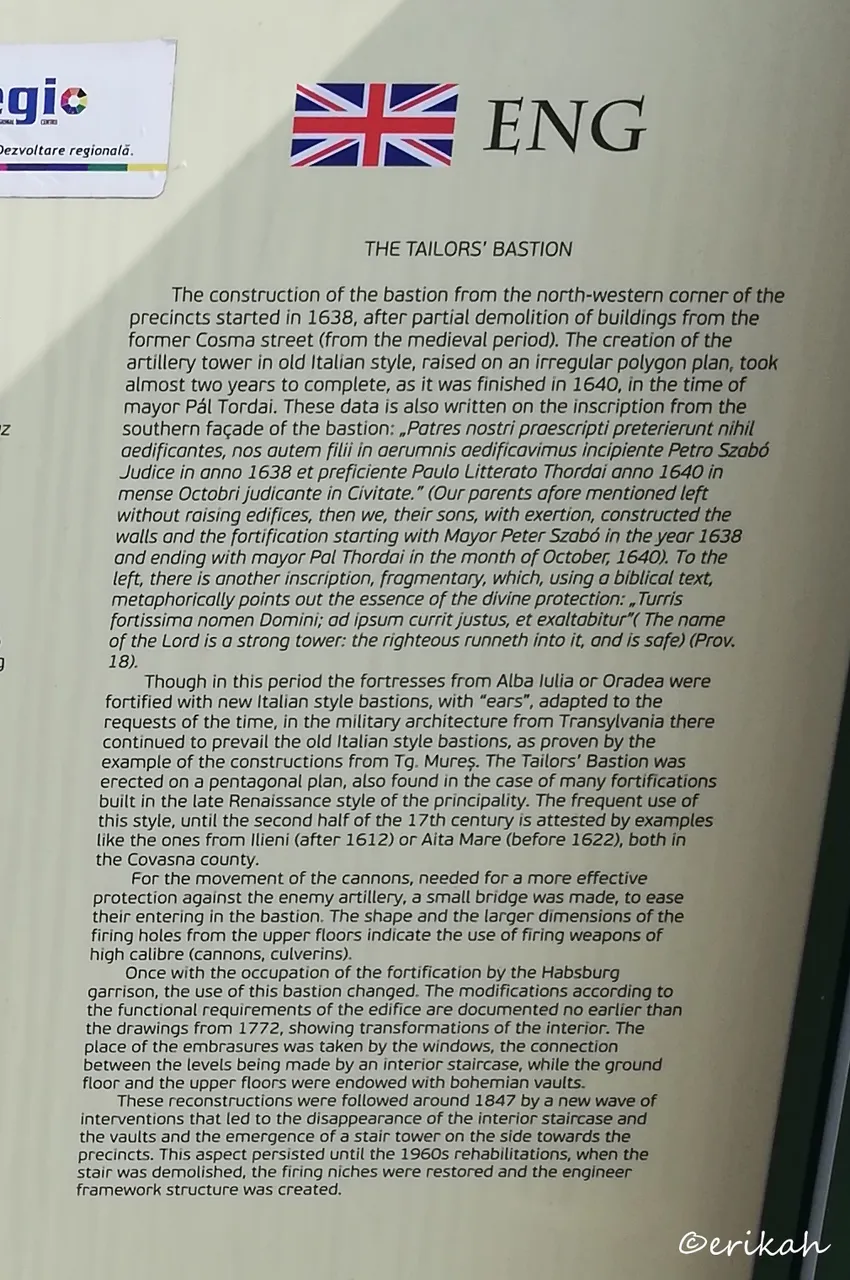
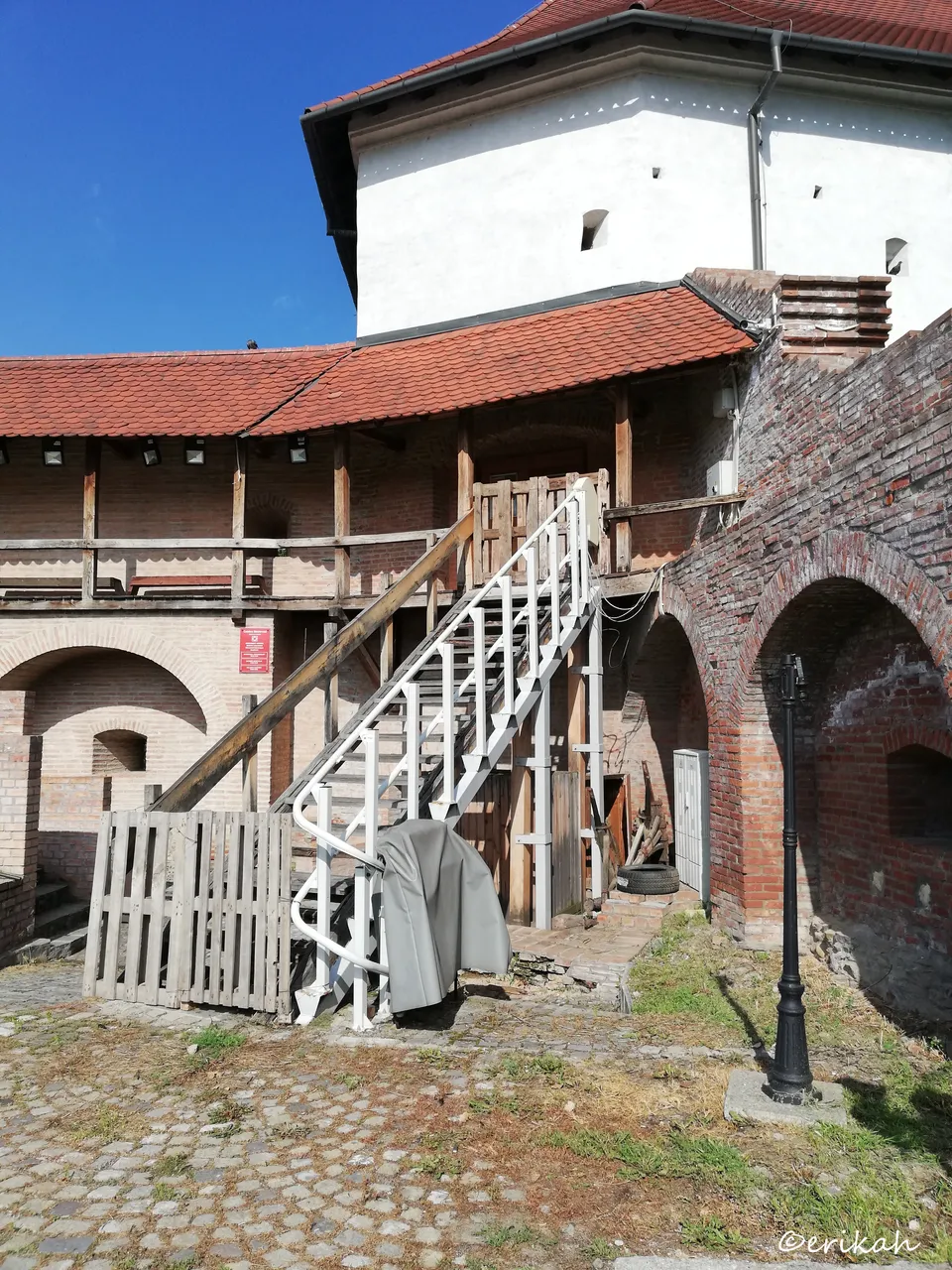
This is the staircase leading to the tailor's bastion, unfortunately already altered. There's a metal staircase holding the old one. I don't understand why they couldn't do it using wood and keeping the image intact. While I understand that safety comes first and metal is more resistant but if the other staircases and balconies are made of wood and perfectly fine, then I bet there would have been a solution for this one as well.
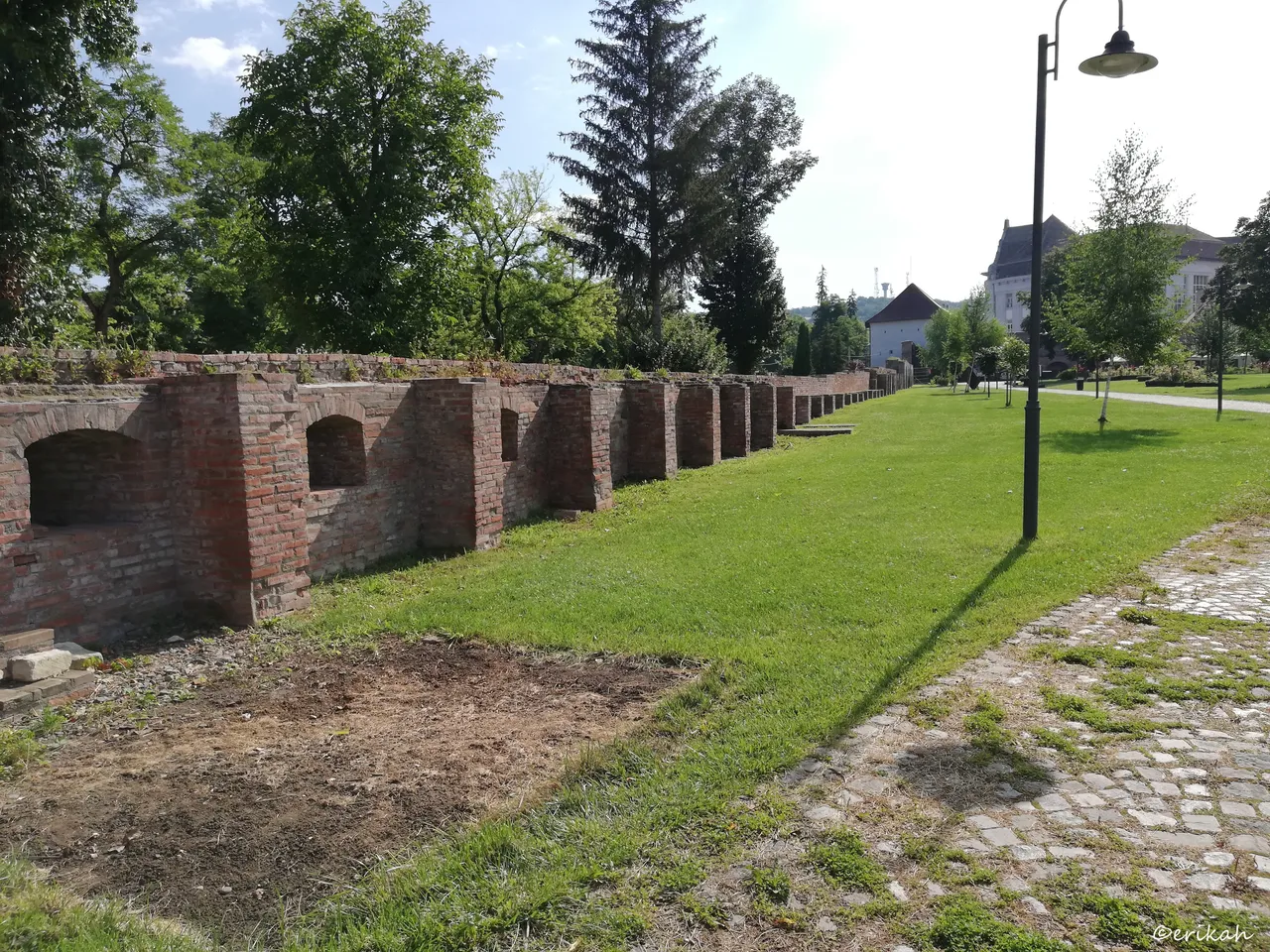
The wall that connects the tailors' bastion with the butchers' bastion. The wall must have been higher that that but after restoring, this is how it looks. You can see the holes in the wall that were built for defense purposes.
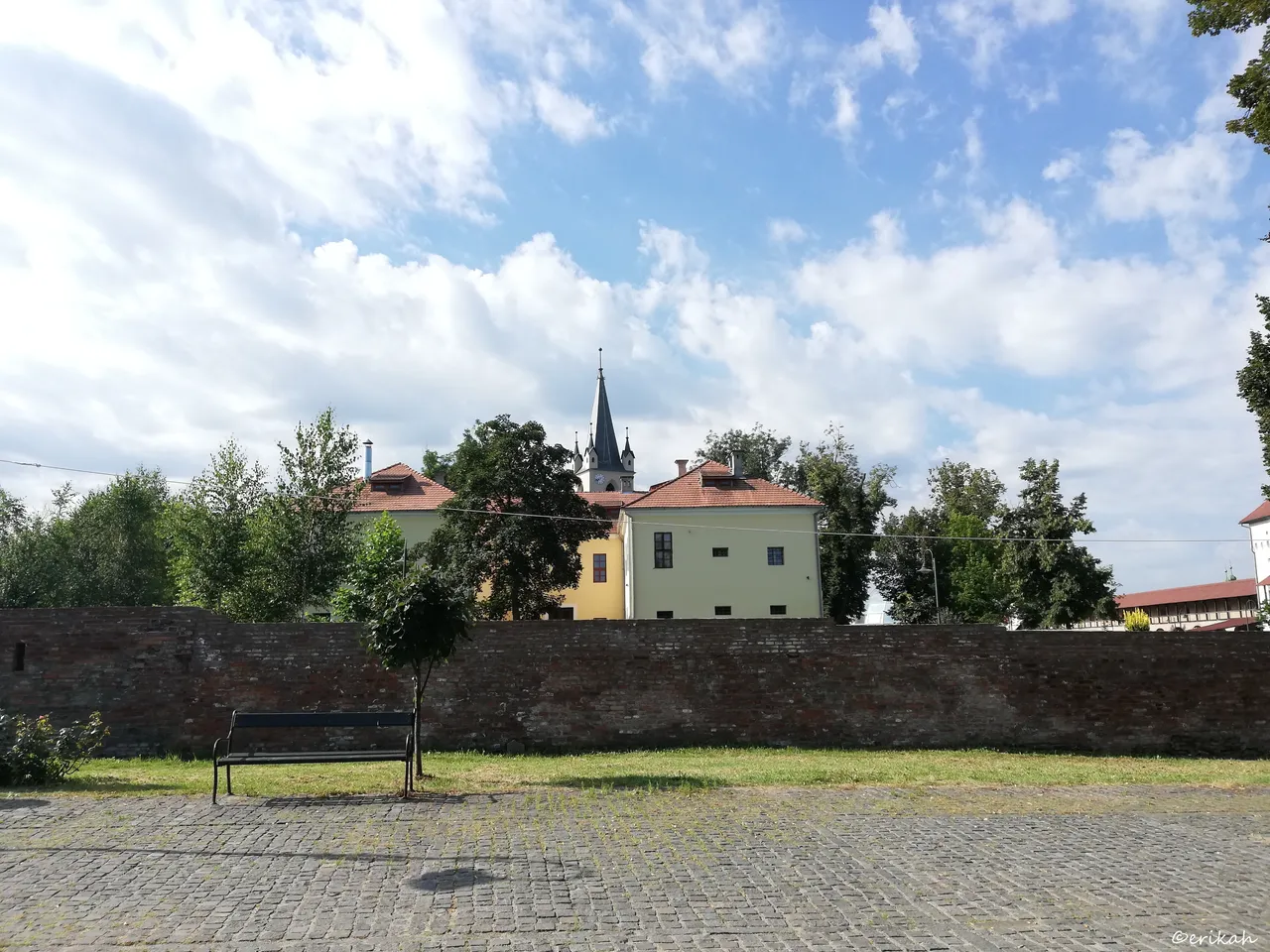
This is the wall from outside.
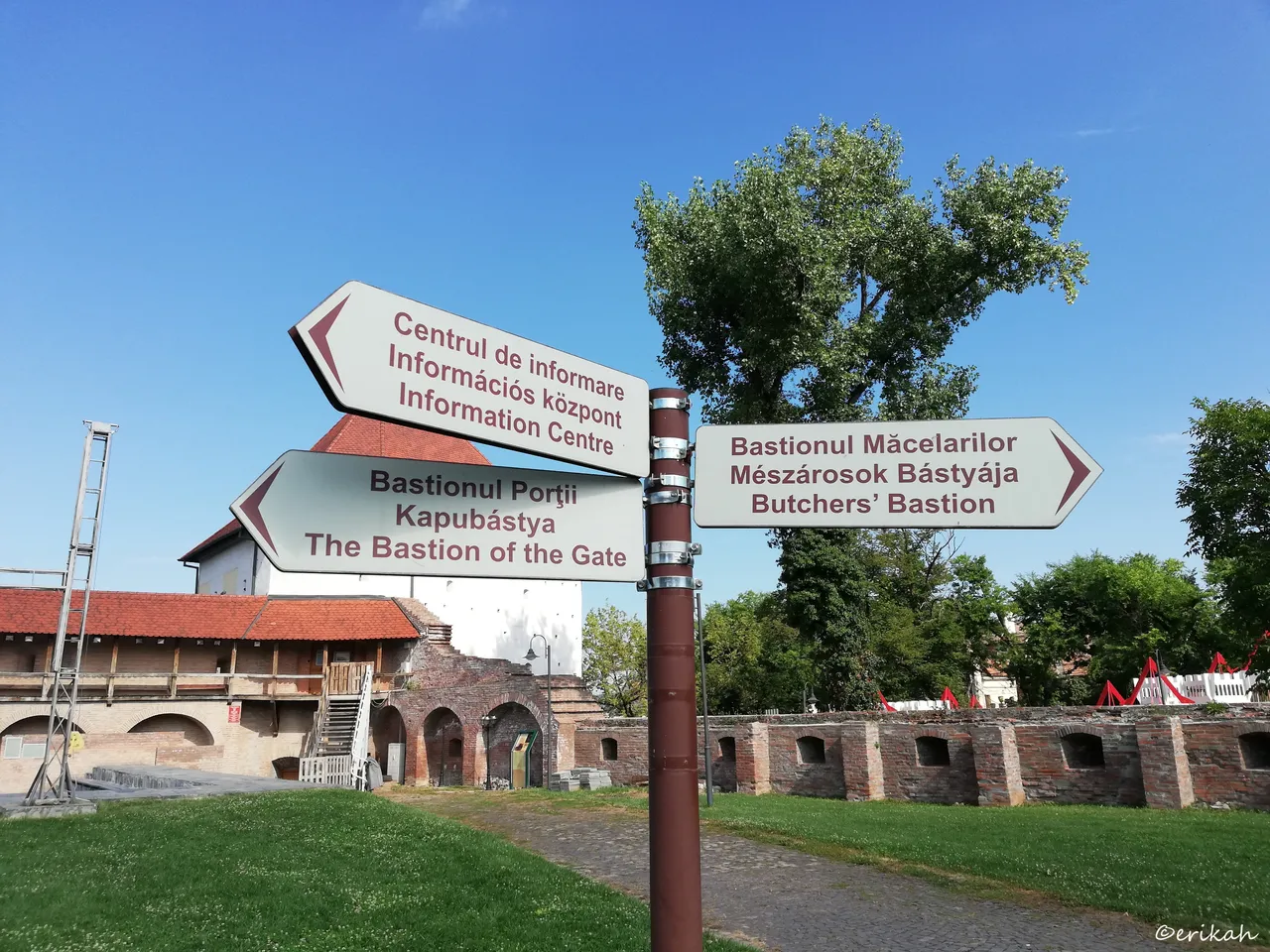
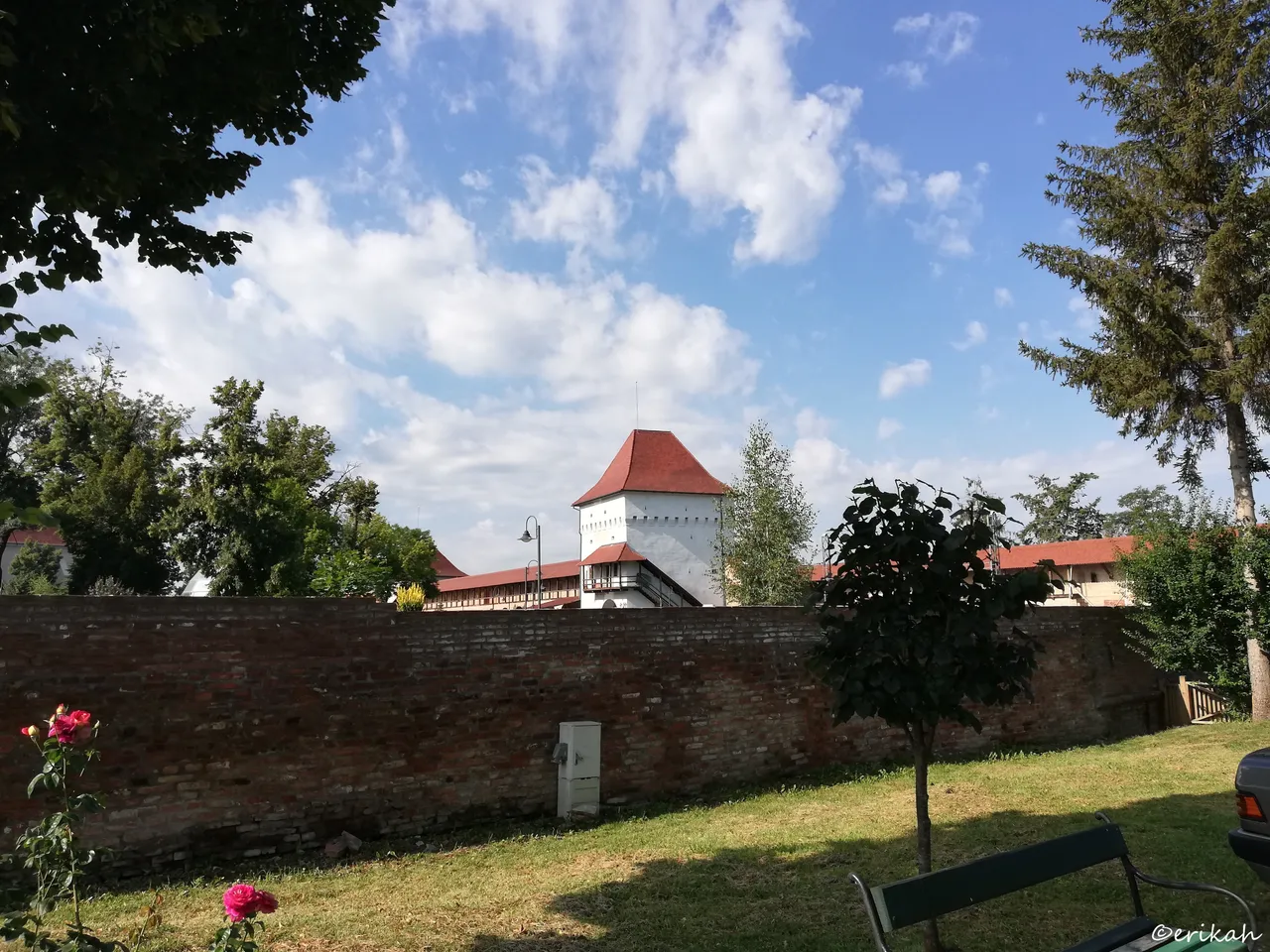
In the back you can see the bastion of the gate.
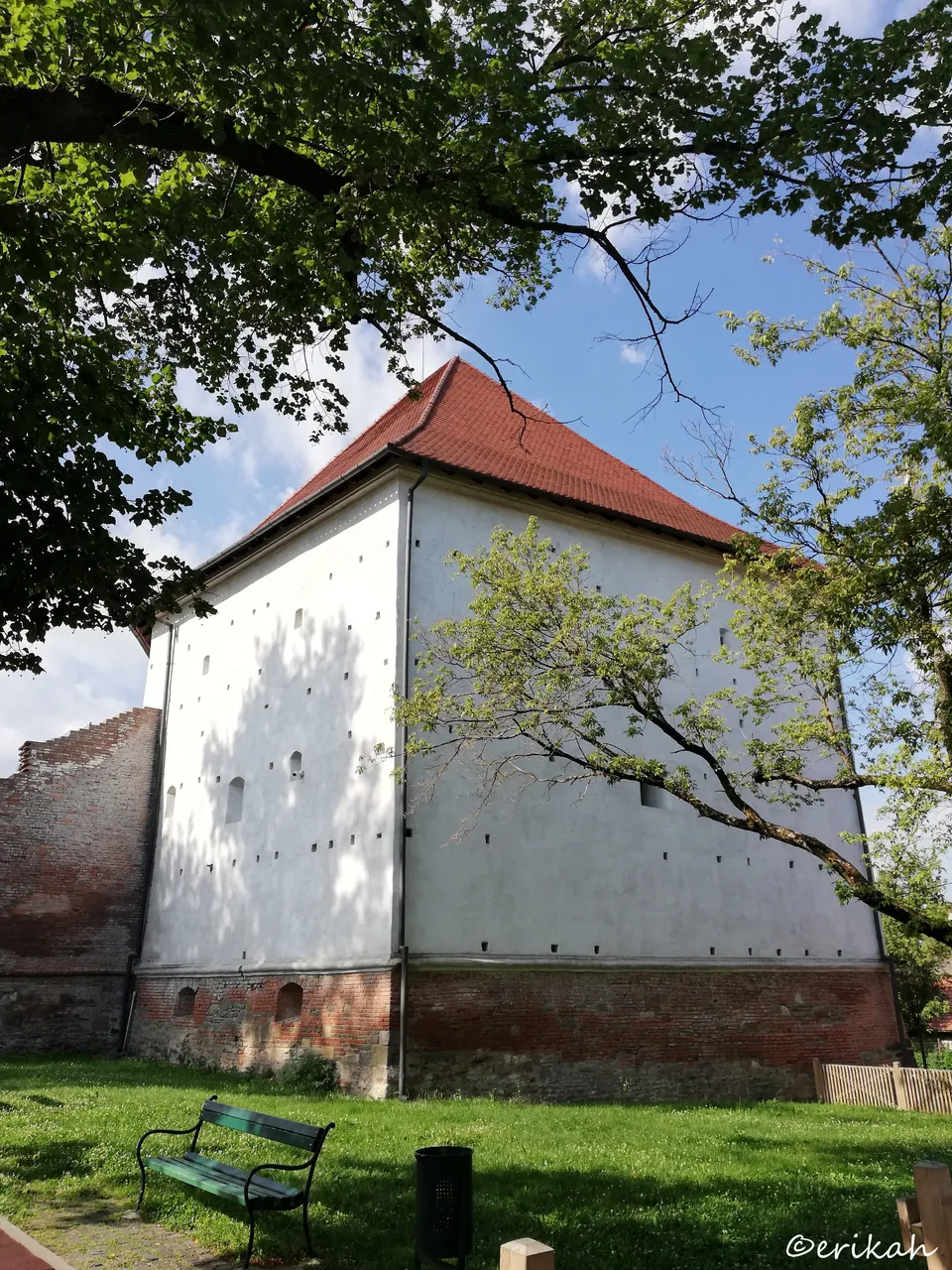
The tailors' bastion from outside. Please note the tiny windows and the holes in the wall. Those holes were created for the artillery in case of an attack.

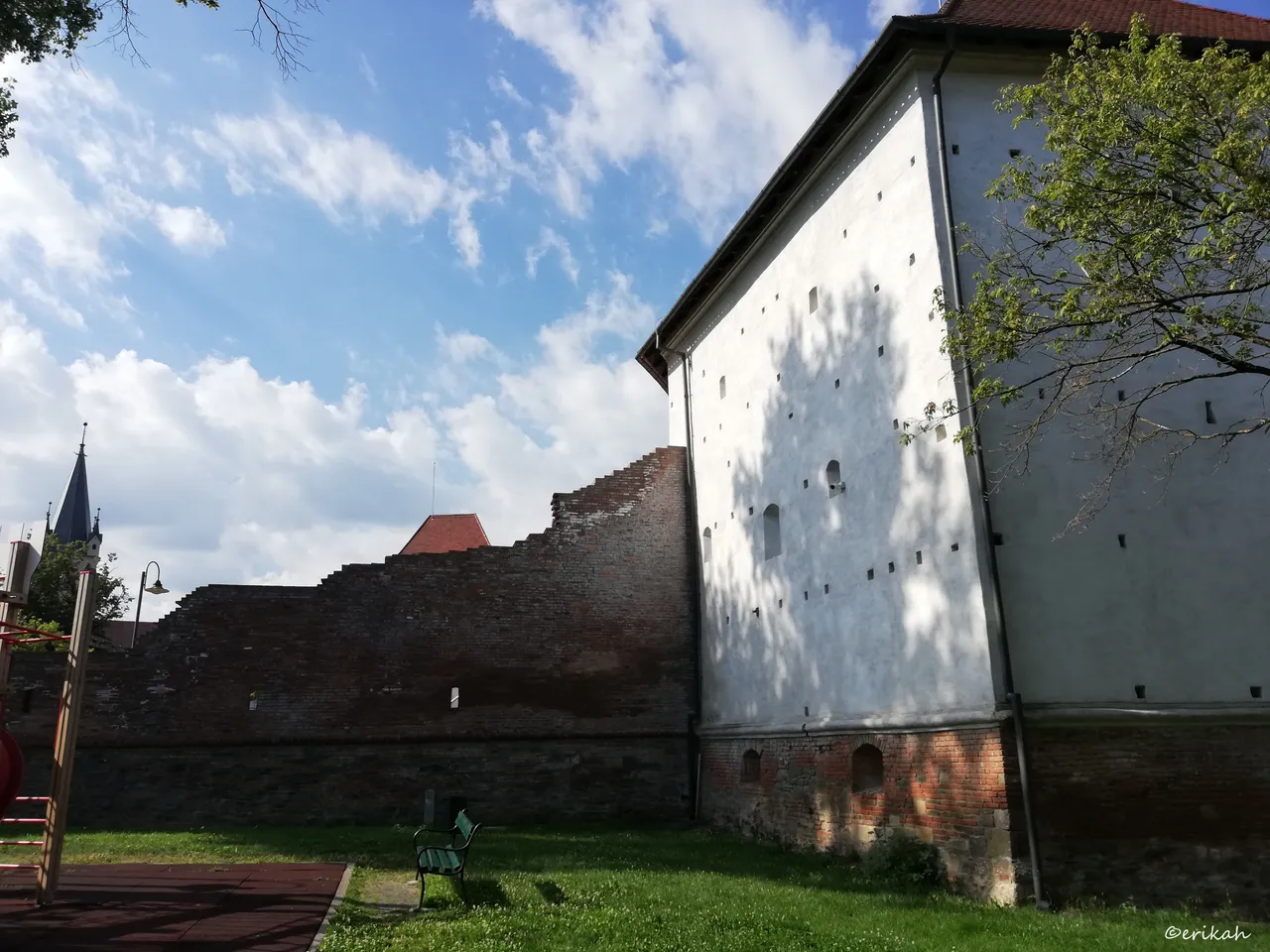
In this photo you can see how tall wall was originally.
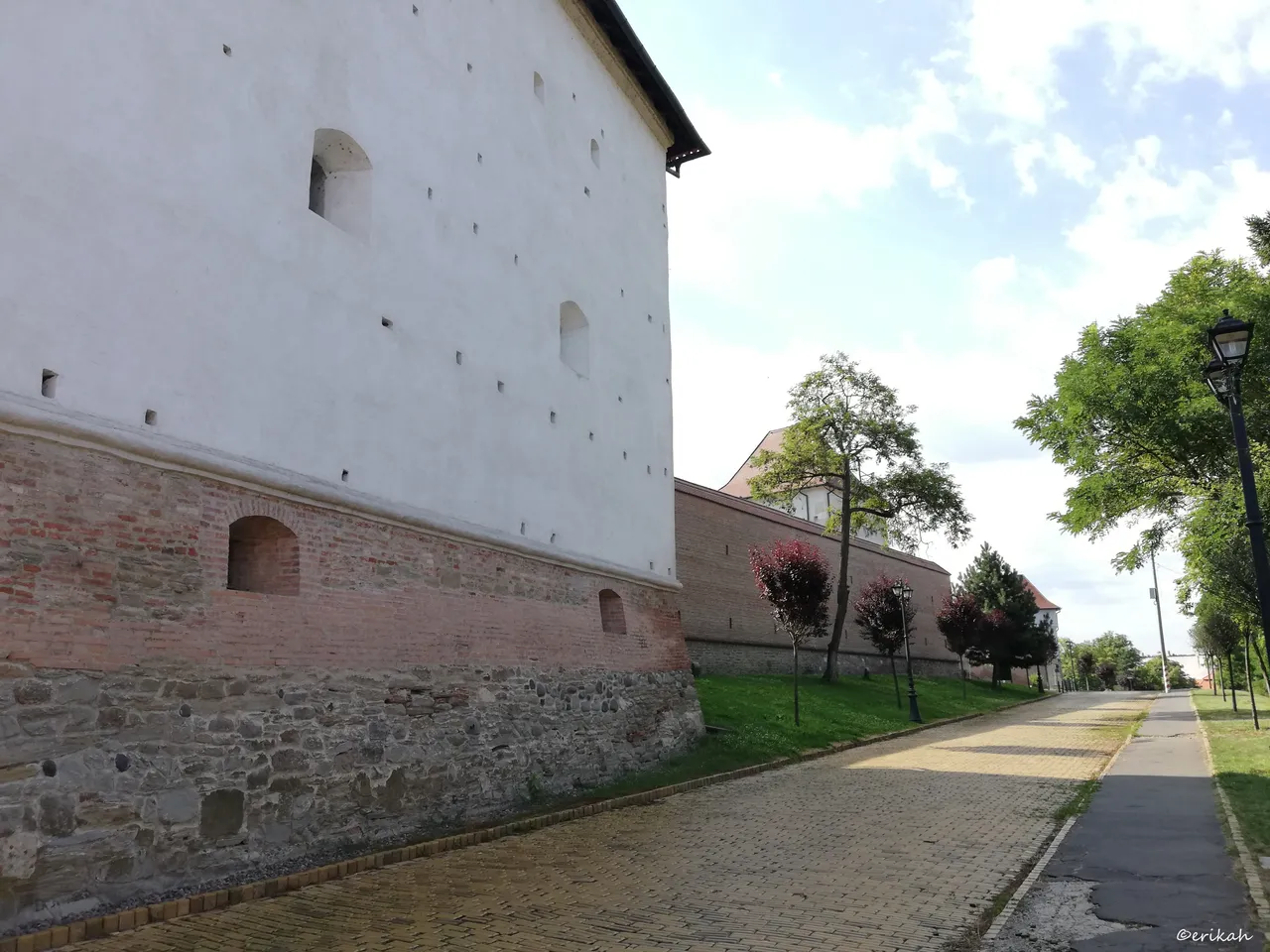
A closer look at the tailors' bastion foundation, which is made of stone. This is very common,wherever you go you'll see medieval buildings, castles, fortresses made of stone. It was commonly used as bricks were scarce and besides, stones are more resistant.
The road at this part of the fortress is made of cobblestones. I don't know how old is this but it's old, believe me. I'm glad the city decided to keep it like that.
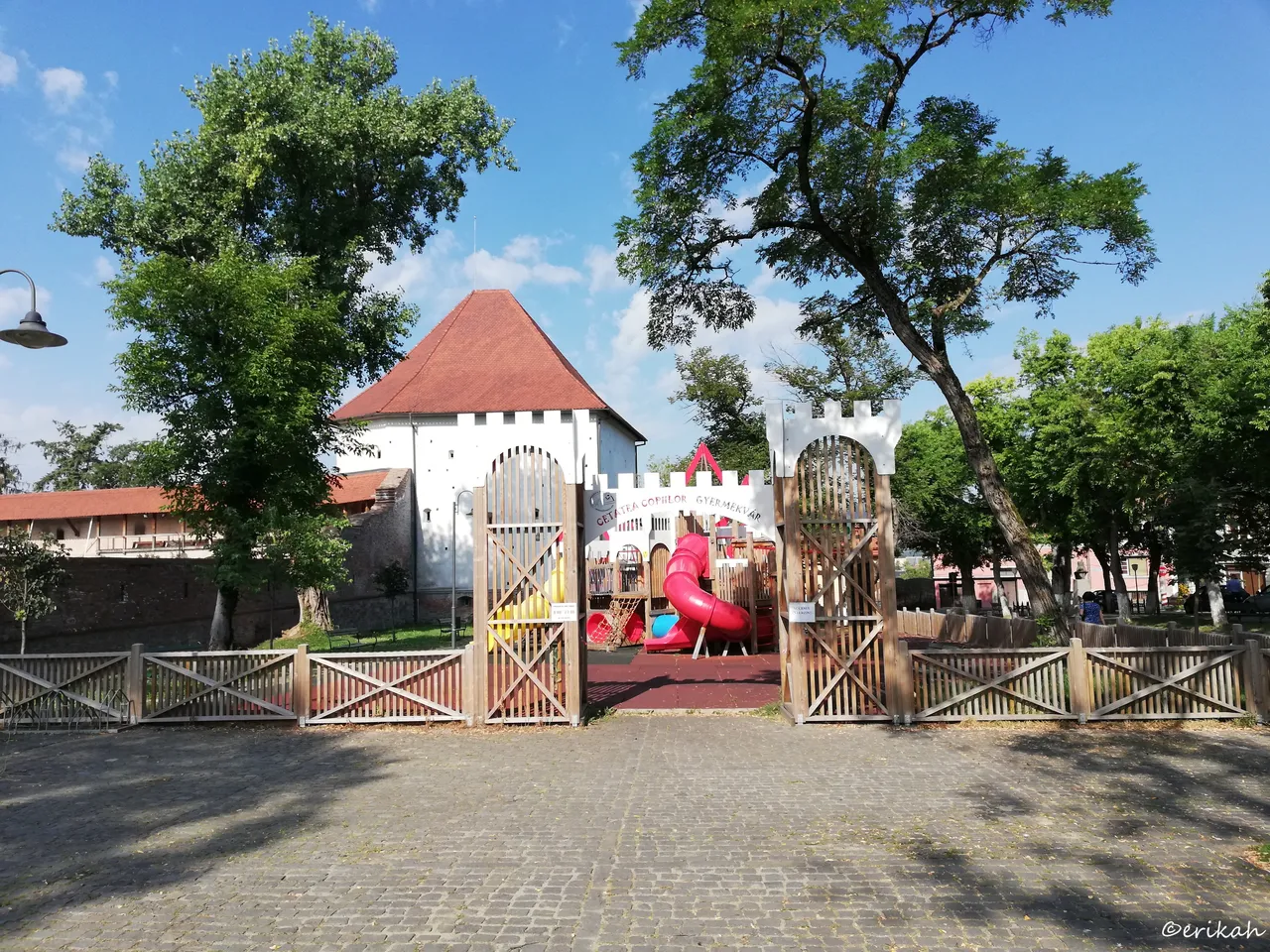
There's a playground for kids outside the wall, right beside the tailors' bastion, so the little ones don't get bored in the fortress.
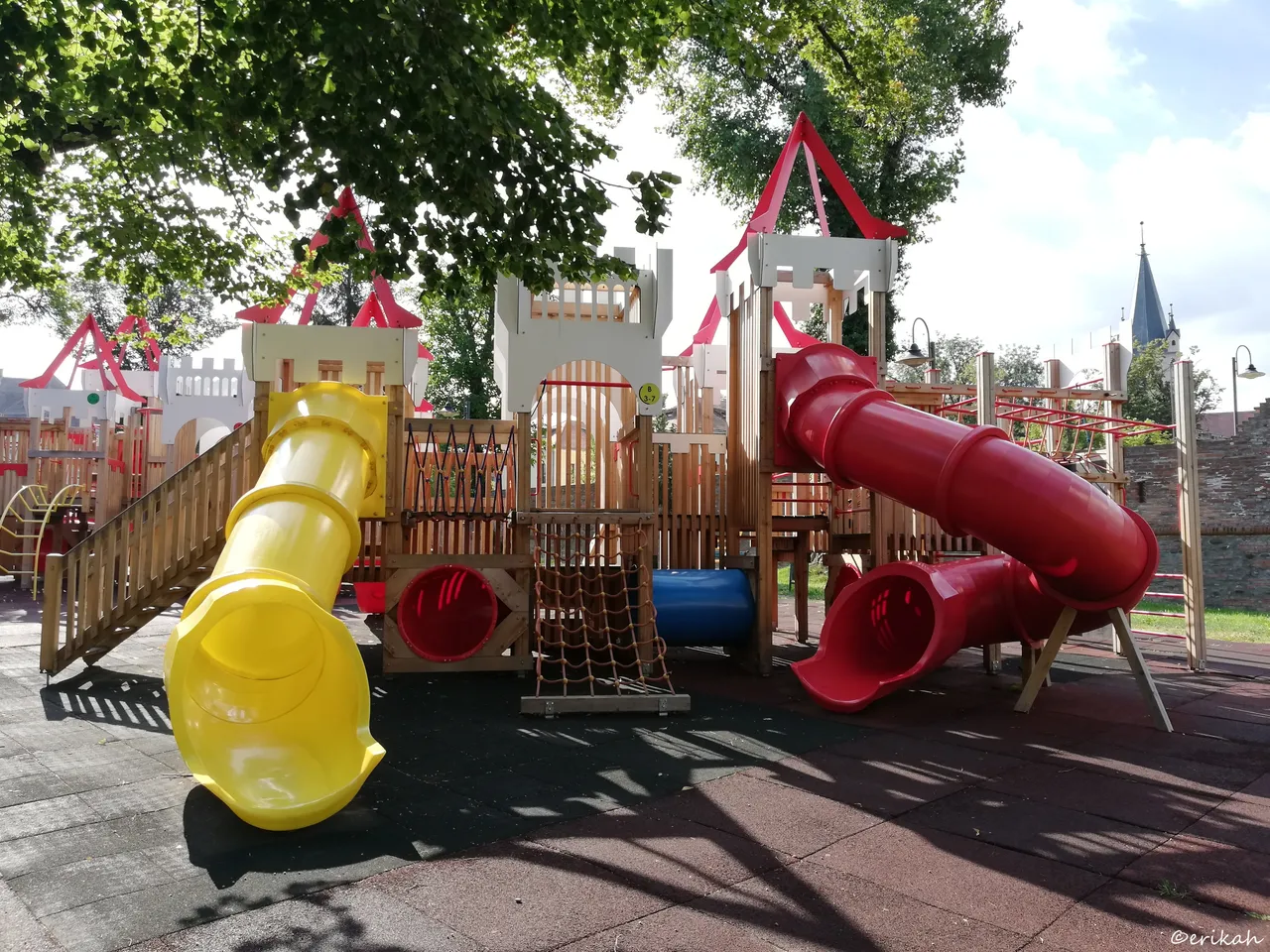
It has the shape of a castle, how interesting, isn't it?
This is the first part, stay tuned for the second part, it's coming soon.

Check out my latest travel posts:
- The Medieval City - Part 3.
- The Medieval City - Part 2.
- The Medieval City - Part 1.
- The Blacksmith Workshop At The Dracula Daneș Domain
- The Park At Dracula Daneș Domain
- Horses And The Stable At Dracula Daneș Domain
- Horse Riding At Dracula Daneș Domain
- Carriage Museum At Dracula Daneș Domain
- Lunch At The Dracula Daneș Domain
- Kindness I encountered from strangers while traveling: Vienna, the city where everyone is helping
